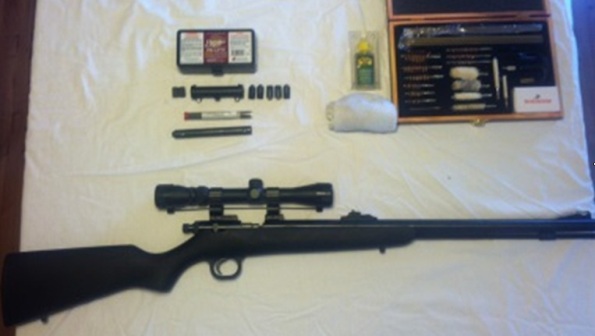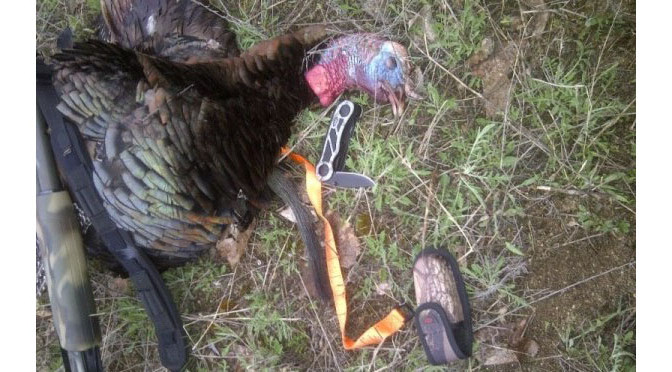 North Florida COORDINATES XY: Anywhere, Florida
North Florida COORDINATES XY: Anywhere, Florida
I have noticed that it is not uncommon for women to act a bit shy of firing the muzzle loader (black powder). The kick-back; the smoke; the maintenance, and the effort it takes to reload can be a bit intimidating. While my preference is to hunt primitive, I must admit that I will continue to hunt with quiver and bow long into muzzle loader season. Why – because I do not want to be bothered with all the little details associated with firing black powder.
This being said, and all things being fair, I do own a Knight Muzzle loader. While it isn’t the latest trend item, it is affordable; accurate, and does not require a “Daniel Boone” style approach to reloading. Still, I tend to reach past the Knight in favor of my bow because of the level of comfort I have with it.
The difference between the conventional rifle and the muzzle loader is all in how one loads the ammo. A muzzle loader requires that black powder or pellets be loaded separately from the bullet. The resulting smoke after firing is also a unique characteristic of all muzzle loading weapons. Other differences include a more detailed approach to cleaning your weapon, which is necessary because of the powder residue left within the barrel after firing. This residue can quickly build up and unless you regularly maintain your weapons, rust will quickly follow.
Let’s try to remove some of the mystery of muzzle loader maintenance by following some simple guidelines. Be sure to purchase a few items before you begin. Having these products handy will make the experience less tedious and frustrating.
Grocery list:
- Universal gun cleaning kit (or a kit exclusive to your weapon of choice)
- Extra cleaning patches
- Allen wrench (assortment or one that can be used for disassembly)
- Bore Butter or rust preventative product
- Patch solvent and bore cleaner
- Never-Seez (for parts that are threaded – ex: breach plug)
- Dishwashing soap and warm water handy
- Q-tips (just a couple will do)
Let’s take a look at the Knight Muzzle Loader. The Knight Muzzle loader is an “in-line” design which means that the striker and trigger are lined up with the primer cap, and barrel. You can use these procedures for any of your in-line weapons regardless of the design.

















Place some on a cleaning patch and swab the barrel to ensure it is protected against rust and corrosion.



• Bolt
• Trigger assembly
• Gun Stock
Be sure to wipe down your weapon before returning it to its secure location. Finger prints can and do cause corrosion.
After reassembly, you are ready to fire or store your weapon until next time. Thanks to my good friend and hunting buddy, Jeff for cleaning my weapon and educating me on all the important details of gun care. This article could not have been written without you!
If you liked this article, be sure to tune in for the next publication: How to site in your scope, another common complaint from the outdoor woman.
~
Thanks for reading! If you enjoyed this post please share it with the world!
Don’t forget you can read more articles from Fay Walker’s blog “Fay-vorite Pastimes” here and don’t forget to like us on Facebook.
If you’d like to get immediate email notifications when a new article, contest or show is posted; enter your email address in the sign up box on the left.



